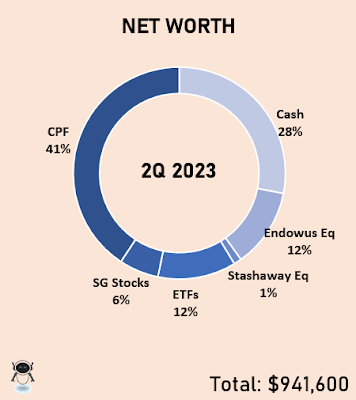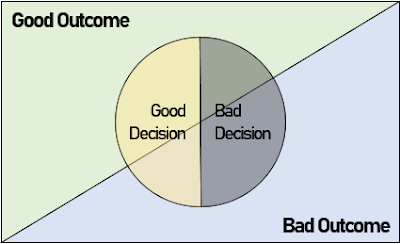Net worth Update 3Q 2023

CPF: $304,500 (-$79,000) The large drop in CPF was due to a downpayment for my resale HDB flat. Cash: $264,800 (+ $300 ) Consists of a combination of: Cash in UOB One, OCBC360 and DBS Multiplier Money market fund in robo cash management A small amount in SRS, awaiting allocation into Endowus ETFs: $111,100 (-$2,400) Both CSPX and QQQM moderated in 3Q23. Endowus: $130,800 (+17,300) My DCA portfolio for international exposure and tilt toward small cap, value, profitability and momentum. The portfolio consists Dimensional US Core Equity (25% of DCA amount) Global Core Equity (25%) Global Targeted Value (17%) Emerging Market Large Cap (8%) Pacific Basin (8%) Endowus 80% Equity 20% Bond managed portfolio (17%) Gain consists of capital injection of $18K and capital loss of $700 SG Stocks: 54,800 (-$1,900) Individual stocks with focus on dividend-paying companies. Most were purchased during my early foray into investing. Will reduce my exposure to SG stocks whenever I see the opportu





